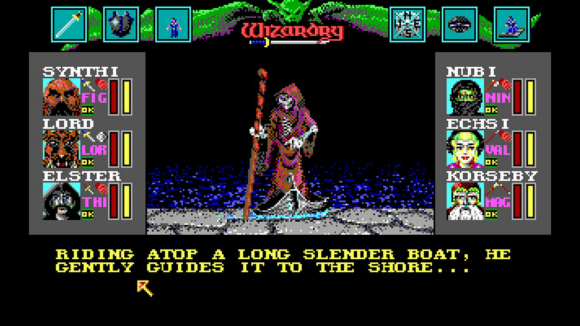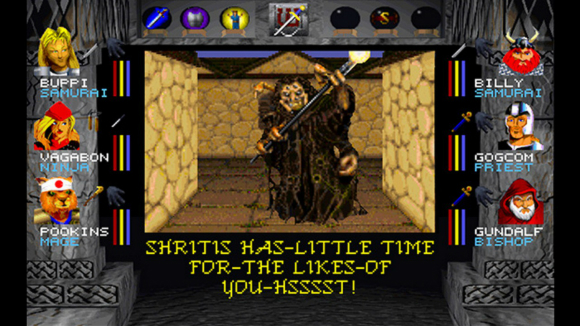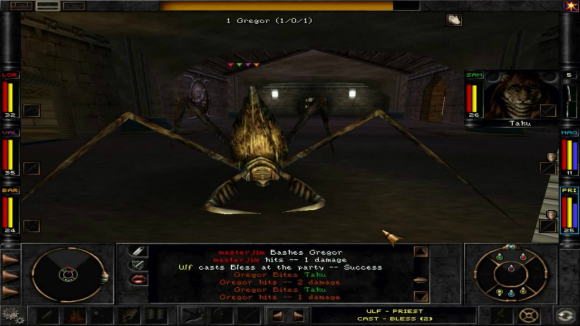
Wizardry: The Dark Savant Trilogy – Review
We’re a retro-loving crowd. All of us I mean; you, me, your grandma and even the the strange old catllady from two houses down the street. That’s what virtually any publisher would have you believe.
Just take a look at any modern digital gamestore. Steam is filled with remakes, PS3 is getting ps1 and PS2-era rehashes and goodoldgames has been doing well for quite some time now.
One of the latest throwbacks I got my hands on was the Wizardry Collection, three games – parts six, seven and eight in the series – which will each keep you busy for weeks, have now been rereleased on modern computers as one giant package that will savagely murder any spare time you had left.
All three games are great examples of first person RPGs, hailing from a time when the genre was flourishing. Mind you, this was before The Elder Scrolls invited the larger crowds. Back then entertainment like this got innocent little boys and girls staring at brightly lit televisions for hours.
All three entries play out similarly. You pick a team of characters ranging from fighters to mages and badass monks. Next, you’re dropped headfirst into a dungeon, a forest and another dungeon – for parts VI, VII and VIII respectively – and make your way through mazelike environments while killing plenty of fantasy creatures.
Along the way you collect loot, or rather; you’ll encounter major NPCs at random places who can potentially sell you some nice gear.
A first note of warning; Wizardry was never an series suited for gamers looking for a way to leisurely get rid of some spare time. As a matter of fact, every game in the series would blatantly laugh at any modern videogame you and I would call difficult.
Even your very first encounter with some innocent slimes could prove fatal if you’re not careful. This is especially the case for Wizardry six and seven. It’s all part of the experience, an experience crafted in such a way that you’re filled with dread everytime you’re about to open a new door.
But it’s more than that. After all, these were games that encouraged players to draw out their own maps, just to avoid getting lost.
It’s not just the gameplay that makes for a hardcore experience. Wizardry VI was first released way back in 1990 and even back then it wasn’t a pretty game. The monotonous grey walls will leave you frustrated if you neglect to map out the environment. Part VII fares a little better, offering more variety, but its rugged and dated looks will fend off many gamers.
In fact, if you care even a little bit about graphics, Wizardry VIII is the only game in the entire package that will be even remotely playable. It has fairly decent 3D-assets, allows for freeform movement and offers a more coherent experience altogether.
On the other side, it most like won’t challenge your imagination the way numbers VI and VII do.
The most interesting thing about Wizardry is the way the series combines traditional fantasy elements with zany science fiction scenarios. Spaceships and aliens are no strangers.
It’s something you won’t find in contemporary games anymore.
To be honest, I would love to see a modernised Wizardry-game. If anything, games like Might & Magic X – Legacy and Legend of Grimrock prove that there is a market. I would welcome a decent challenge that comes with an improved interface, high definition graphics and is just a bit more streamlined.
If I could offer one word of advice to those of you who are interested in Wizardry; start by playing part VIII. It might be the last entry in the storyline that links together all three games, but it will ease you into the series and manages to stand on its own quite well.
Wizardry: The Dark Savant Trilogy - Review,




No Comments